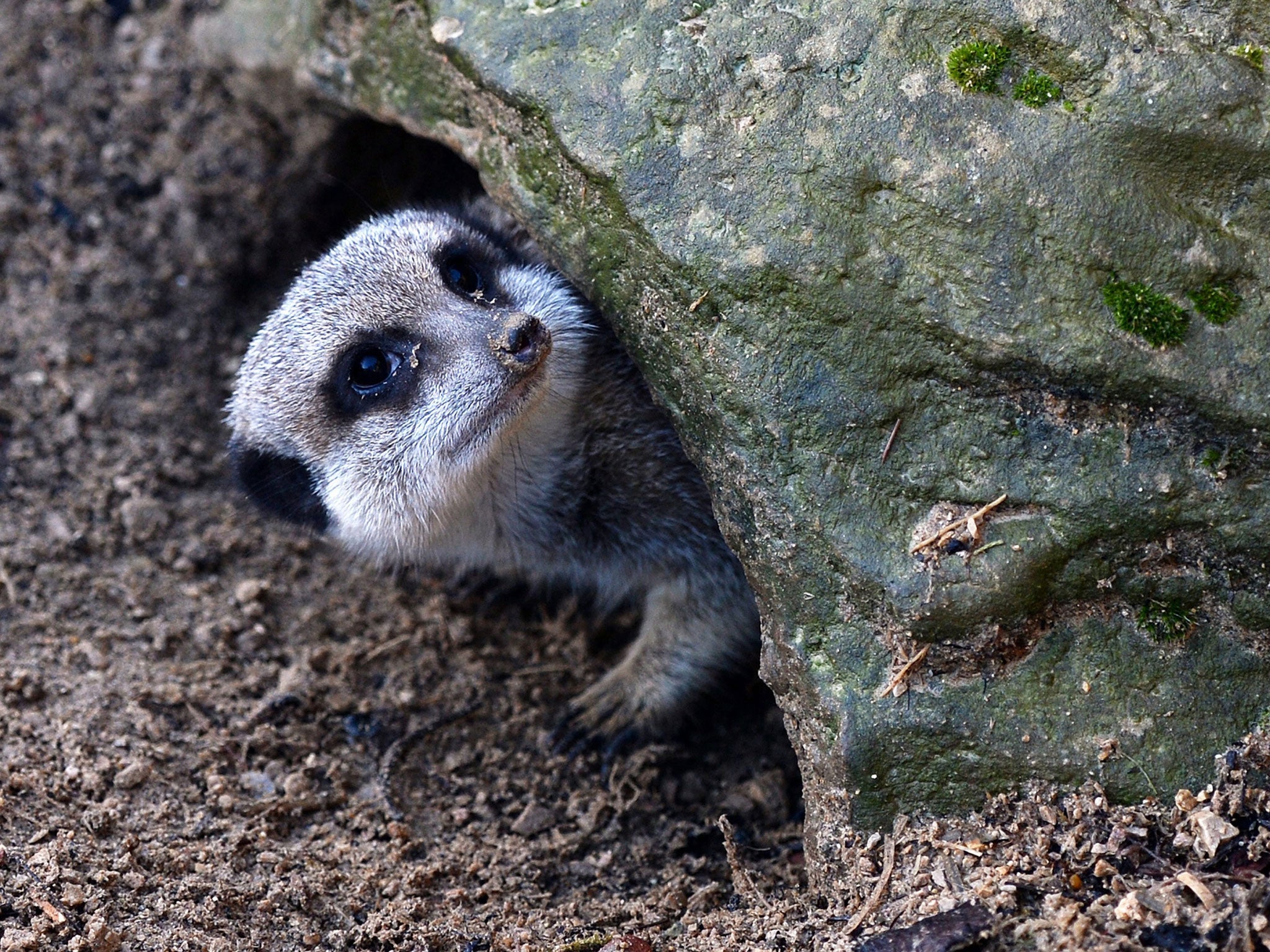Animals counted up in London Zoo stocktake
Creatures were given snacks in exchange for having their details recorded by zoo keepers

Your support helps us to tell the story
From reproductive rights to climate change to Big Tech, The Independent is on the ground when the story is developing. Whether it's investigating the financials of Elon Musk's pro-Trump PAC or producing our latest documentary, 'The A Word', which shines a light on the American women fighting for reproductive rights, we know how important it is to parse out the facts from the messaging.
At such a critical moment in US history, we need reporters on the ground. Your donation allows us to keep sending journalists to speak to both sides of the story.
The Independent is trusted by Americans across the entire political spectrum. And unlike many other quality news outlets, we choose not to lock Americans out of our reporting and analysis with paywalls. We believe quality journalism should be available to everyone, paid for by those who can afford it.
Your support makes all the difference.Animals at London Zoo, including some of the world’s most endangered species, were counted on Thursday during the institution’s annual stocktake.
Zookeepers – some clutching clipboards while others used snacks to coax out shy animals from their dens – logged the 850 different species of animal that call London Zoo home.
Rare pheasants and near-extinct kangaroos were among the 19,000 creatures to take part in the count required as part of the attraction’s licence.
The first of the rare species of spiny headed lizard to be born in the UK also had its details recorded.
Kumbuka, a 15-year-old Western Lowland gorilla, staged a protest by tearing down a sign from a tree and mooning onlookers before he was added to the list.
During the week-long exercise, information including new animals born at the zoo is added to records used to help plan zoo management and breeding programs for endangered animals.
New arrivals this year include a baby Malayan tapir, which when in the wild inhabits the jungles and forests of south-east Asia.
Zoological manager Mark Habben said: “All of the keeping staff at London are out with their animals and keeping an eye on how they have been over the last year."
He added: “2013 was a very successful year for us breeding wise. We had our female tapir give birth so we have got a young tapir here on exhibit which is fantastic.”
The data will be shared with zoos worldwide to help with breeding programmes.
Join our commenting forum
Join thought-provoking conversations, follow other Independent readers and see their replies
Comments